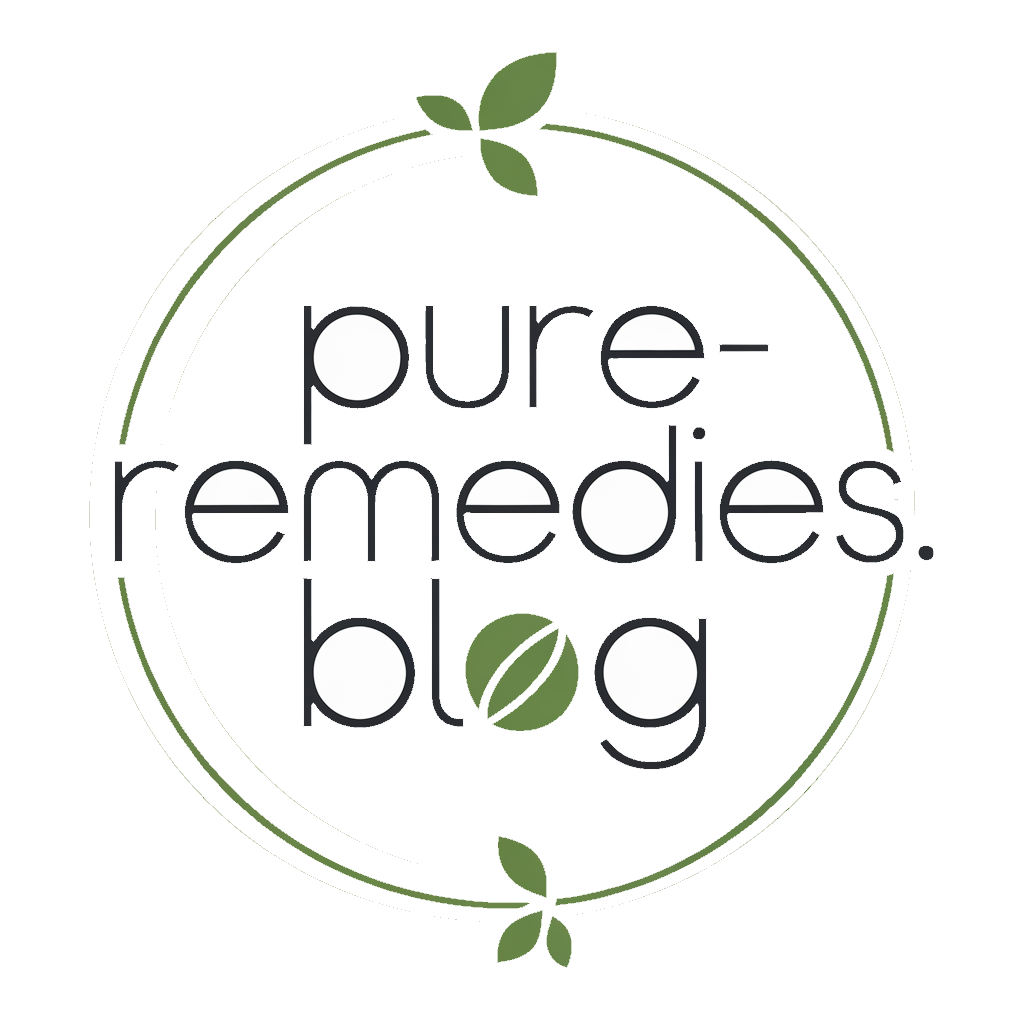Instant Relief for Headache Using This Pressure Point
Have you ever wondered why a simple touch could ease your pain? Using pressure points for headache relief is an ancient practice rooted in Traditional Chinese medicine, backed by modern science. One key point, LI4, can work wonders for tension headaches. By applying pressure correctly, you can stimulate nerve endings and release endorphins. Curious about how to activate this point effectively and maximize your relief?
Key Takeaways
- Locate the LI4 pressure point between your thumb and index finger for effective headache relief.
- Apply firm pressure for about 30 seconds using circular motions to stimulate blood flow.
- Combine LI4 stimulation with deep breathing exercises to enhance relaxation and pain relief.
- Incorporate neck rolls and tapping to further promote circulation and energy flow during the process.
- Consider drinking peppermint or chamomile tea alongside pressure point techniques for additional soothing effects.
Understanding Headaches and Their Causes
How often do you find yourself dealing with headaches that disrupt your day?
Understanding their causes is crucial for effective headache prevention.
Many headaches stem from dietary triggers, such as aged cheeses, processed meats, and artificial sweeteners.
These foods can lead to chemical changes in your body, resulting in discomfort.
Keeping a food diary helps identify these triggers, allowing you to adjust your diet accordingly.
Additionally, dehydration and skipping meals can exacerbate headaches.
By staying hydrated and maintaining a balanced diet, you can significantly reduce the frequency and severity of headaches, enhancing your overall well-being.
Incorporating pressure point stimulation into your routine may also provide immediate relief from headaches.
Take charge of your health today!
The Science Behind Pressure Points
When you apply pressure to specific points on your body, you’re tapping into a complex network of nerves and energy pathways that can significantly influence your pain perception.
Research shows that stimulating these pressure points can release tension and promote relaxation, offering a natural way to alleviate headaches. Historically, various cultures have harnessed this practice, using it as a healing tool that connects the mind and body for overall wellness. Additionally, this technique can be enhanced by integrating breathing exercises that further support the body’s natural healing processes.
Understanding Pressure Points
Pressure points serve as crucial intersections of energy pathways in the body, playing a significant role in holistic health practices.
These points, rooted in various cultural variations, highlight the philosophical aspects of interconnectedness within your body.
Traditional Chinese medicine, for instance, emphasizes balancing Qi, while Ayurveda focuses on aligning doshas.
Empirical evidence supports the efficacy of stimulating pressure points, showing reduced tension and improved well-being.
By understanding these energy junctions, you can harness their potential to alleviate headaches and promote overall health.
Recognizing these diverse perspectives enriches your approach to wellness and empowers you to explore personalized relief strategies.
Mechanism of Pain Relief
Understanding how pressure points can relieve pain involves examining the interplay between the body’s energy systems and its physiological responses.
When you apply pressure to specific points, you stimulate neural inhibition, reducing the transmission of pain signals.
This action can activate opioid pathways, releasing endorphins that naturally diminish your perception of pain.
Research shows that targeting these pressure points not only alleviates headaches but also enhances overall well-being.
By harnessing this holistic approach, you’re not just addressing the symptoms; you’re engaging your body’s innate healing mechanisms for lasting relief.
Historical Uses in Healing
Throughout history, various cultures have recognized the power of pressure points in healing practices.
You might be surprised to learn that ancient herbs often accompanied these techniques, enhancing their effects.
For instance, tribal remedies frequently used pressure point stimulation alongside herbal poultices to address headaches and other ailments.
Empirical evidence from traditional Chinese medicine shows that manipulating these points can release energy blockages, providing immediate relief.
By understanding these historical uses, you can appreciate the holistic approach that integrates both physical and energetic healing, ultimately empowering your own well-being through time-tested methods.
Embrace this wisdom for effective headache relief.
Identifying the Key Pressure Point for Headache Relief
To find relief from headaches, you’ll want to identify key pressure points that can effectively alleviate tension. Understanding the anatomy of these points, along with techniques for activation, allows you to tap into your body’s natural healing mechanisms. Empirical evidence supports the use of specific acupressure points, enhancing your ability to manage discomfort holistically. Additionally, these techniques can be implemented in under 60 seconds, providing quick natural interventions that offer immediate relief.
Anatomy of Pressure Points
The anatomy of pressure points reveals a fascinating interplay between specific areas of the body and their influence on pain relief, particularly for headaches.
These points often correspond with muscle tension and nerve pathways, helping facilitate relaxation.
For instance, animal pressure techniques demonstrate how animals instinctively target certain areas for relief, which can translate to human applications.
In sports, athletes use similar principles to address tension and enhance performance, showing empirical evidence that pressure points can alleviate discomfort.
Techniques for Activation
Understanding the anatomy of pressure points paves the way for effective techniques to activate them, particularly for headache relief.
One powerful activation method involves locating the LI4 point, situated between your thumb and index finger.
Use your opposite thumb to apply firm pressure for about 30 seconds while breathing deeply.
Incorporating energy exercises like gentle neck rolls can enhance circulation and relieve tension.
You might also try tapping the area lightly to stimulate energy flow.
Empirical evidence supports these techniques, demonstrating their effectiveness in easing headaches.
Consistent practice can lead to profound relief and overall well-being.
Other Relieving Acupressure Points
Several acupressure points can provide effective relief for headaches, each targeting specific areas to alleviate discomfort. These points not only help with pain but also promote energy balancing, enhancing your overall well-being. Here are some acupressure alternatives you can try:
| Pressure Point | Location | Benefits |
|---|---|---|
| LI4 | Between thumb & index finger | Reduces tension headaches |
| PC6 | Inner forearm, 2 inches from wrist | Eases nausea & stress |
| GB20 | Base of skull, in the hollows | Relieves neck tension |
| Yintang | Between eyebrows | Calms the mind |
Experiment with these points to find what works best for you!
Step-by-Step Guide to Activating the Pressure Point
Activating pressure points can be an effective method for relieving headaches, and following these simple steps can enhance your comfort.
First, find the space between your thumb and index finger, applying firm pressure for about 30 seconds. Use circular motions to stimulate blood flow.
Integrate this practice into your daily routine, perhaps during a break or while meditating.
For optimal results, adapt your lifestyle by staying hydrated, managing stress, and ensuring proper posture. Incorporating techniques like acupressure methods from other natural remedies can also provide additional relief.
Research shows that regular acupressure can significantly reduce headache frequency.
With consistency, you’ll likely find greater relief and a holistic approach to managing pain.
Tips for Maximizing Relief From Headaches
Incorporating pressure point techniques into your routine can be just the beginning of your journey toward headache relief.
To maximize this effect, try integrating yoga poses like Child’s Pose or Downward Dog, which promote relaxation and reduce tension.
Additionally, sip on herbal teas such as peppermint or chamomile, known for their soothing properties and ability to ease headaches. You might also consider ginger and lavender tea, an ancient remedy that has been shown to provide immediate relief for migraine sufferers.
Creating a calm environment and practicing deep breathing exercises can enhance the benefits.
Consistency is key, so make these practices a regular part of your self-care routine.
You’ll likely find that they significantly improve your overall well-being and reduce headache frequency.
Additional Techniques for Headache Management
While pressure point techniques can offer immediate relief, exploring additional methods can further enhance your headache management strategy.
Implementing effective hydration strategies is crucial; dehydration often triggers headaches.
Aim to drink at least eight glasses of water daily and consider herbal teas as soothing alternatives.
Additionally, aromatherapy methods can provide significant relief. Essential oils like lavender and peppermint have been shown to reduce headache intensity. Simply inhaling these scents or applying diluted oils to your temples can promote relaxation.
Incorporating effective essential oils into your routine can enhance your overall pain management approach.
Combining these approaches with pressure point techniques creates a holistic plan, empowering you to manage headaches more effectively and naturally.
When to Seek Professional Help for Headaches
If headaches persist despite using pressure point techniques and other home remedies, it may be time to consider seeking professional help. Pay attention if your headaches worsen, occur frequently, or are accompanied by symptoms like vision changes, confusion, or severe nausea.
These could signal underlying issues requiring professional advice. Additionally, persistent headaches can sometimes be a sign of underlying conditions that may need further evaluation.
If you experience sudden, intense headaches or neurological symptoms, don’t hesitate to seek emergency care.
A healthcare provider can assess your condition, recommend treatments, and rule out serious conditions.





